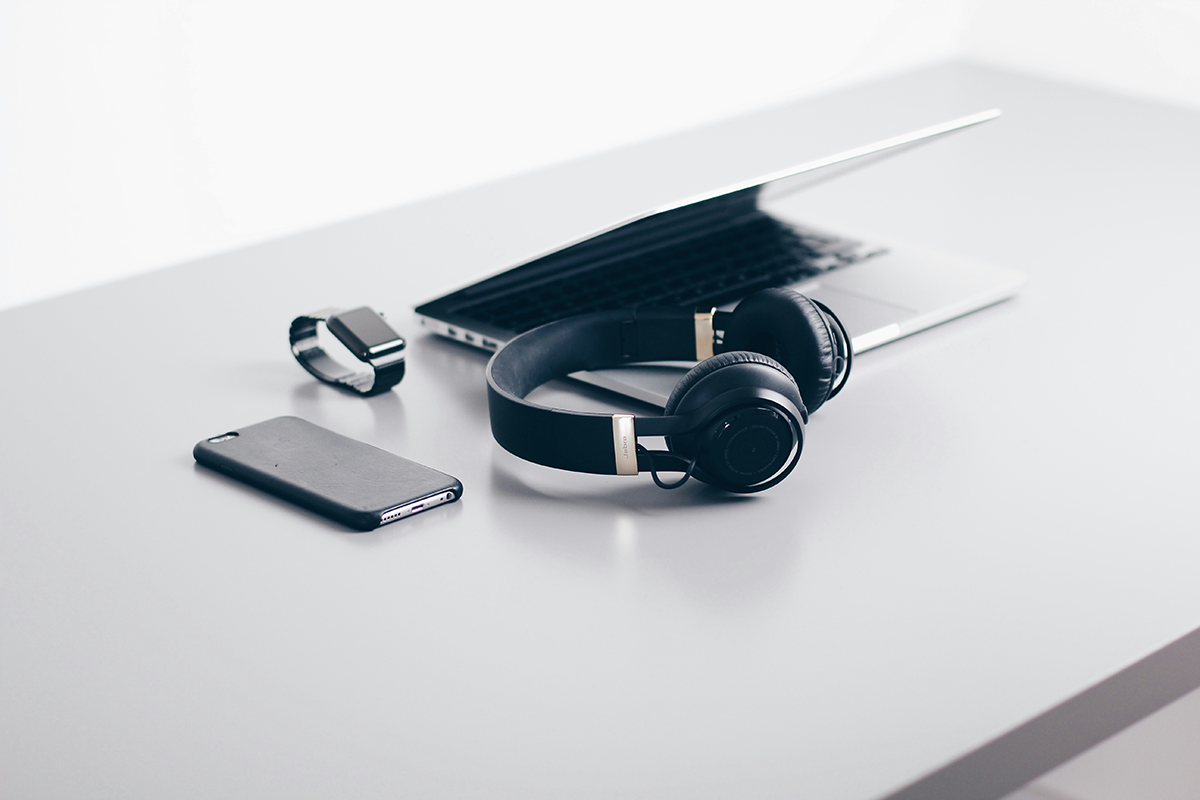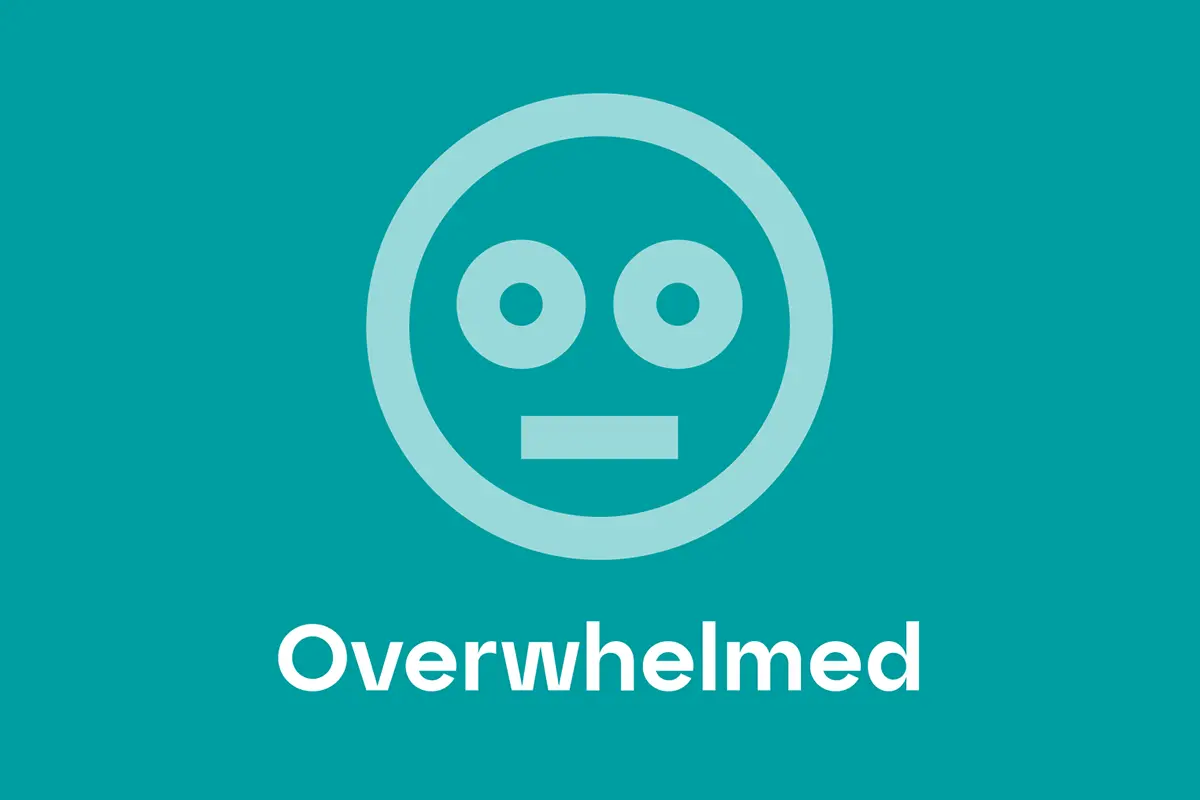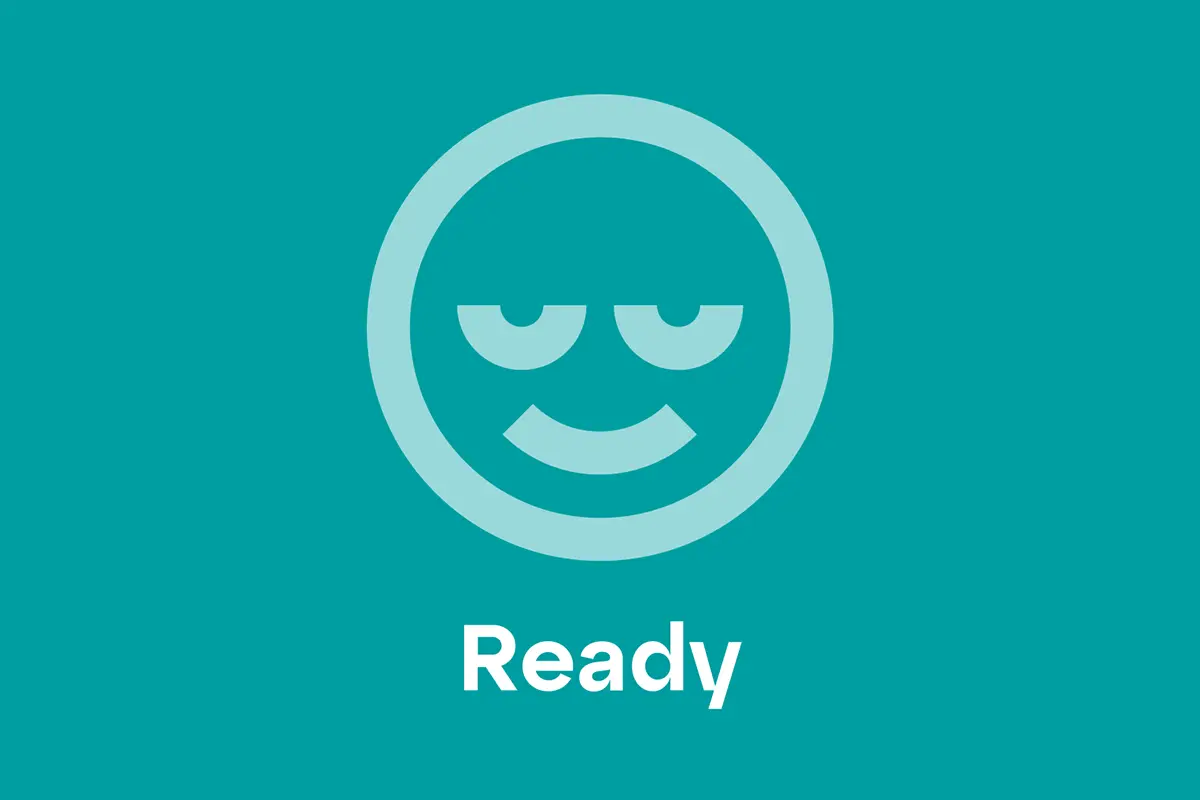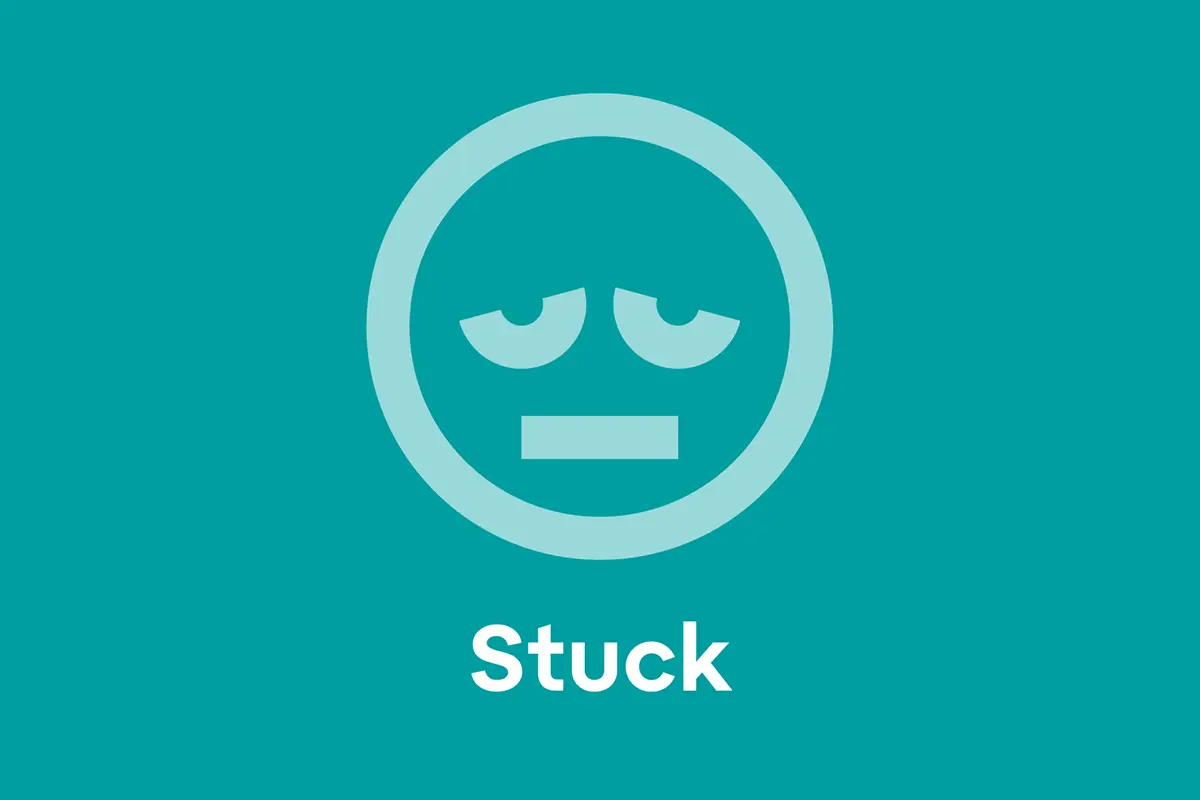“Is the Offline.now Matrix based on anything… real?”
We hear it all the time. And it’s the right question to ask. The Offline.now Matrix may look simple, but it’s grounded in decades of research; across positive psychology, behavioral science, and habit formation. This post unpacks the real evidence behind the two-question framework, the four quadrants, and why tiny steps matter more than big swings. If you’re curious about the theory behind the tool, you’re in the right place.
Why Evidence Matters in Digital Wellbeing
The internet is full of bold claims and gimmicky advice:
- “Quit your phone for 30 days!”
- “Reclaim your brain in a weekend!”
These approaches sound exciting but often lead to failure. They ignore something fundamental: behavior change requires readiness, not just willpower.
That’s where the Matrix comes in. It’s not about diagnosis. It’s about starting where you actually are, using proven frameworks for lasting behavior change.
Two Questions, Two Decades of Research
At the heart of the Offline.now Matrix are two key traits:
- Motivation (your desire to change)
- Confidence (your belief you can change)
This dual-axis approach draws from:
- Self-efficacy theory (Bandura, 1997), which shows that confidence predicts whether someone even tries to change.
- Stages of Change model (Prochaska & DiClemente, 1982), which outlines how motivation evolves in phases.
By asking just two questions, the Matrix identifies where you are, so you can act accordingly.
When Positive Psychology Meets Screen Time
Instead of focusing on addiction or pathology, the Matrix draws from the science of what helps humans flourish. That includes:
- PERMA theory (Seligman, 2011): Building meaning and engagement, not just reducing screen time.
- Strength-based coaching: Meeting people with curiosity, not judgment.
- Agency and autonomy: People change faster when they feel in control, not coerced.
That’s why we call it Digital Balance, not digital abstinence. It’s not about escape, it’s about alignment.
Micro-Wins > Big Overhauls
Research from BJ Fogg (Stanford) and others shows that tiny, consistent wins lead to exponential change over time.
This is the heart of our quadrant-based strategies:
- No pressure to go cold turkey.
- Just repeatable actions that build confidence.
One recent study (Hall et al., 2023) found that smartphone users who adopted “micro-learning prompts” reduced daily screen time by over an hour with no coaching, no therapy, and no guilt trips.
What the Latest Data Shows
Here are just a few takeaways from emerging research:
- Digital detoxes are short-lived unless backed by habit-support strategies.
(Kuhn et al., 2022, J Behav Addict) - Self-tracking screen time boosts self-awareness but not always behavior, unless paired with reflection tools.
(Smith et al., 2024, J Digital Health) - Motivation-based segmentation helps tailor interventions.
(Twenge & Campbell, 2019; Pew Research, 2024)
The Offline.now Matrix uses these insights to match the right mindset with the right tools.
How We Turned Evidence Into the Matrix
The Matrix is a 2×2 visual model with four clear entry points:
- Stuck: Low motivation, low confidence
- Overwhelmed: High motivation, low confidence
- Unconcerned: Low motivation, high confidence
- Ready: High motivation, high confidence
Each quadrant comes with tailored nudges backed by science and made human through stories, illustrations, and micro-wins. Instead of telling people what to do, it shows them where to begin.
Next Steps
The Offline.now book unpacks this framework in full plus quadrant-specific strategies you can actually use.
- Explore the Matrix
- Take the Quiz
Start where you are. Use what works. Leave shame at the door.
References
- Bandura, A. (1997). Self-Efficacy: The Exercise of Control.
- Prochaska, J. & DiClemente, C. (1982). “Transtheoretical therapy.” Psychotherapy.
- Seligman, M. et al. (2011). “Positive psychology progress.” American Psychologist.
- Fogg, B. (2019). Tiny Habits.
- Kuhn, S. et al. (2022). “Digital detox intervention…” J Behav Addict.
- Hall, B. et al. (2023). “Micro-learning prompts…” Frontiers in Psych.
- Twenge, J. & Campbell, W. (2019). “Screen time & mental health.” Computers in Human Behavior.
- Smith, R. et al. (2024). “Confidence-building habit loops.” J Digital Health.
- Pew Research Center (2024). “Smartphone use: Trends & impacts.”
*Disclaimer: Offline Now offers educational coaching tips, not medical or therapeutic advice; please consult a qualified health professional for personal, clinical or health concerns.*




